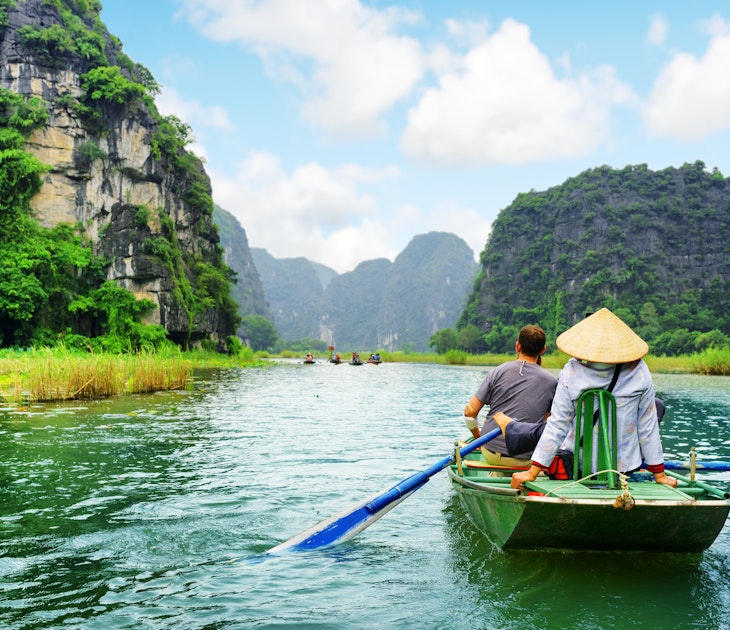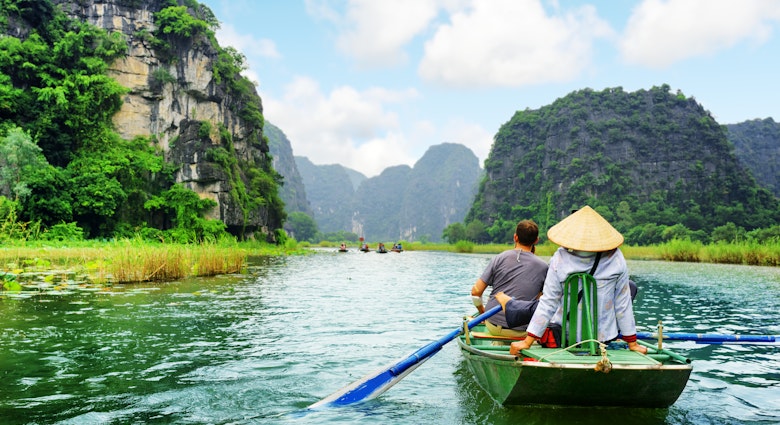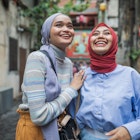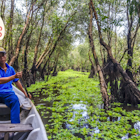“Don’t forget your mask!” I shout to my boyfriend on our way out the door for our daily grocery run. In Vietnam, not wearing a mask in public will get you a hefty fine, or worse, detained by officials.
Since the outbreak of COVID-19 in Wuhan, China, just 1200 miles away from the northern border of Vietnam, the government has taken swift and serious action. Early on, officials shut down trade borders with China, denied visas for travelers from virus hotspots and quarantined an entire village of over 10,000 people. They even created a viral handwashing song to encourage more people to thoroughly wash their hands.
Dalia Research, a Berlin-based company, listed 62 percent of poll responders in Vietnam as saying the government is doing “the right amount” in response to the virus. The highest percentage in the world.
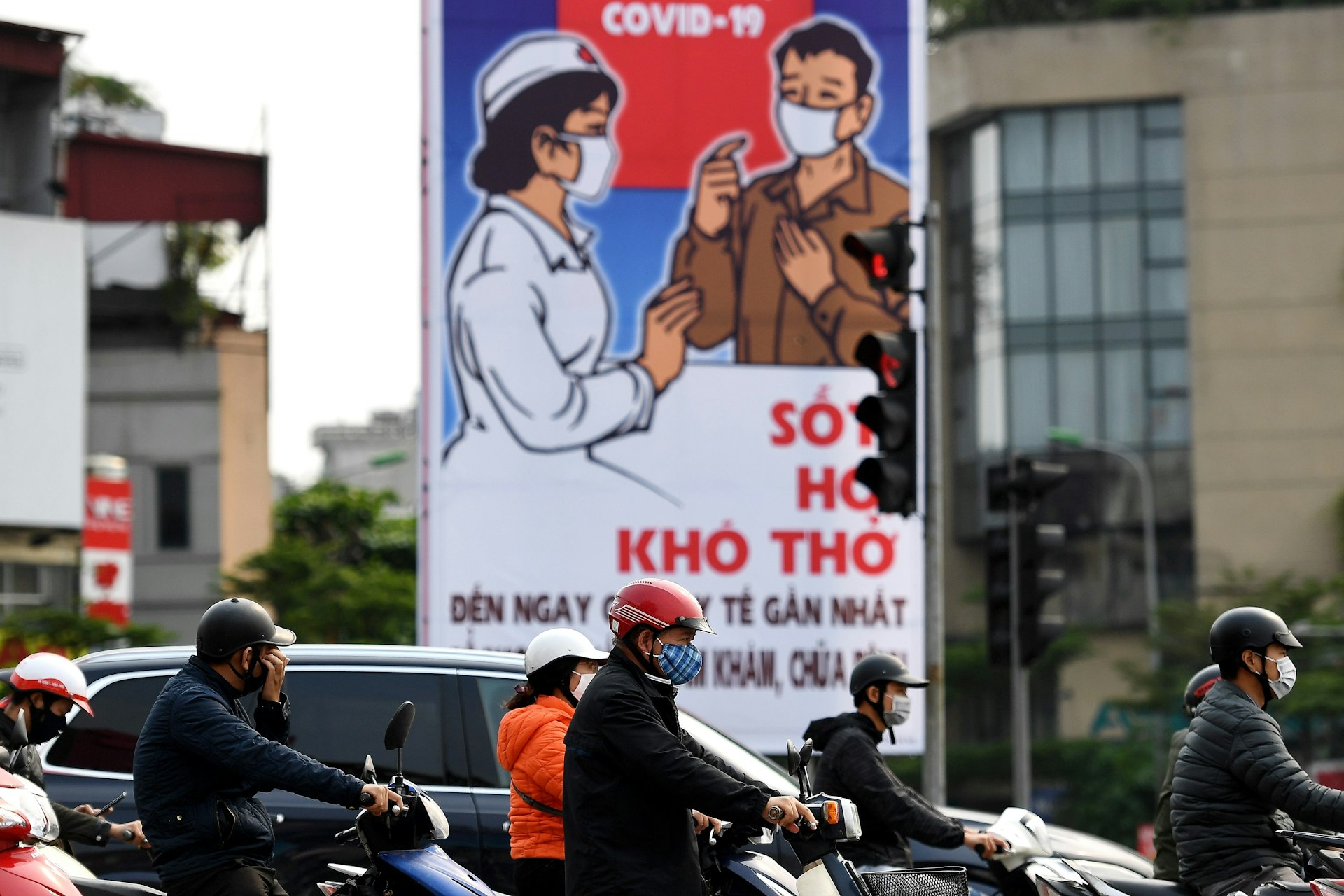
Vietnam, a country of over 95 million people, was among the first countries to declare itself virus-free after 16 people were treated and sent home. But in early-March, after 21-days with no new cases, a plane from London carrying infected passengers threw the country into round two.
My partner and I arrived from the Maldives on January 15, before the first two cases reached the Southeast Asian country. We watched as the virus traveled south to north. But the government’s early testing and immediate tracing of those who came in contact with infected patients stopped the rapid spread.
As we traveled up to the middle of the country, spending the majority of our time in Hoi An, our daily lives felt unaffected by the disease. This continued until COVID-19 reached our home countries in March, and the situation quickly spiraled out of control. While numbers hit the tens of thousands in the US, they hadn’t even hit triple digits in Vietnam.
Mainly due to mandatory 14-day quarantine in government facilities for anyone arriving back into Vietnam, border lockdowns for most and wide-spread testing, we felt confident enough to stay here and wait out the disease.

For many foreigners, us included, it was a difficult decision with a number of factors, including no home to return to. As digital nomads from two different countries, we wanted to stay together without burdening our families for an unknown amount of time.
So, we rented a one-bedroom apartment in Hanoi. Upon arrival, our host had us fill out mandatory health declaration forms listing where we came from, when we arrived and whether or not we are displaying any symptoms. This was then sent to the local police to keep track of the tourists in the country and trace any possible community transmission.
While my family and friends started to go into lockdown mode back home, we were still able to visit restaurants, try the local pho and sip Vietnamese coconut coffee while working from cafes here in Hanoi. Nearly every establishment had its employees wearing masks, with hand sanitizer available and someone standing there at the entrance to take your temperature.

As the cases began to rise, many of them being foreigners, xenophobia started to hit the streets of Vietnam. We’d walk through the city, seeing signs that read, “We refuse to serve foreigners here.” There were many dirty looks and stares, as well as a cab driver who refused to let us into his car. This type of discrimination born from fear was quickly denounced by the government. For fear of losing their reputation as a tourist destination, they threatened any business openly discriminating against tourists with a fine.
With more citizens returning from abroad and then visiting local bars and restaurants, the cases in Vietnam naturally spiked. So, on April 1, the government enacted fifteen days of “social-distancing.” While for many other countries, that means going out to the park for a walk while staying six-feet away. Here, that means only going out for essentials like food and medicine. As visitors in this country, that is exactly what we’re doing.
While out for our daily grocery run, we see mostly empty streets, an uncommon sight in Vietnam. Like in most Southeast Asian countries, daily life here takes place on the sidewalks. We see the vast majority of people complying, but there are still a few not wearing masks and hanging out in small groups together sipping coffee or playing on their phones. The six-foot rule is also not being enforced in places like grocery stores.
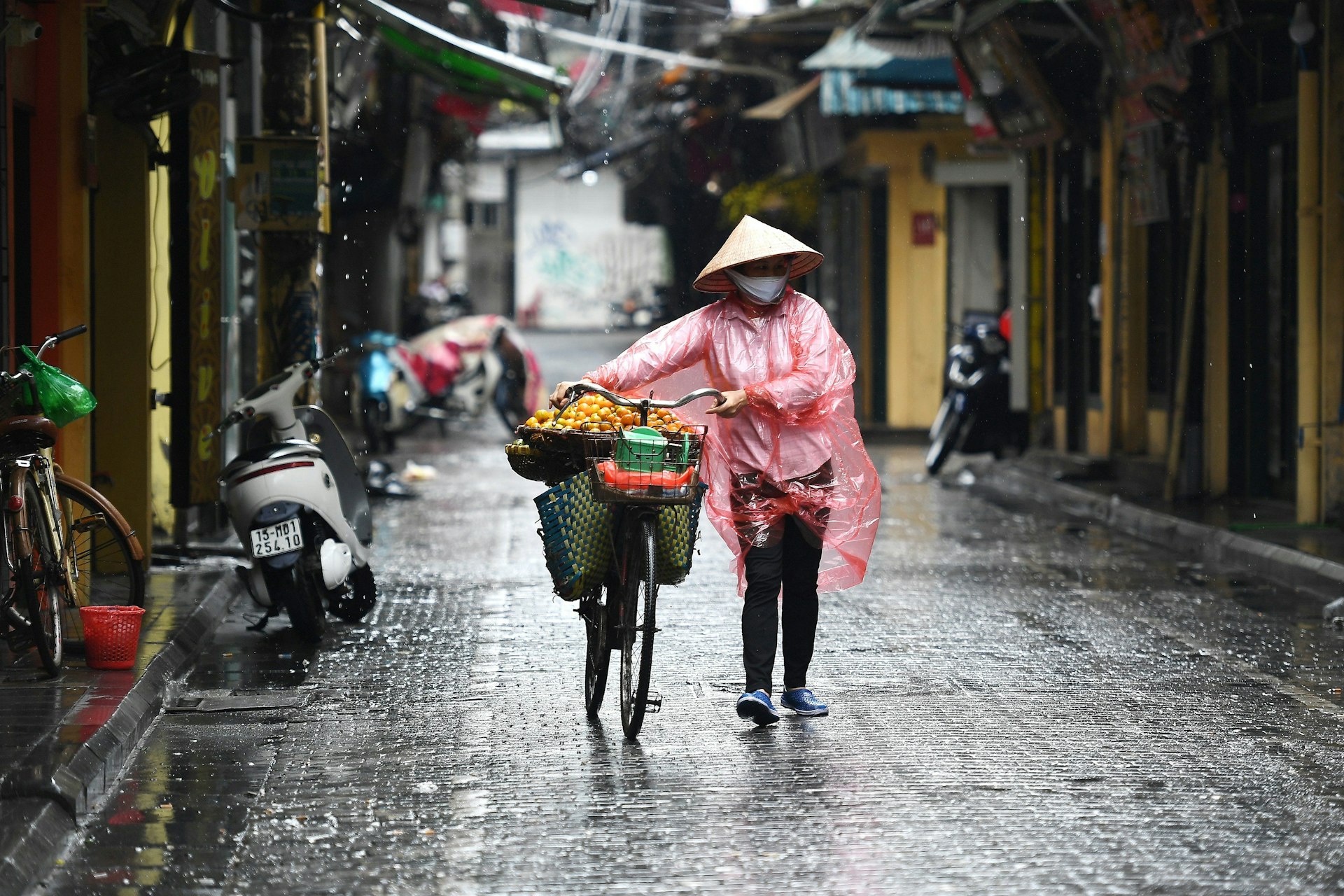
Police drive around in trucks with instructions on how to stay safe and healthy posted on the sides. From our apartment, we occasionally hear a vehicle’s loudspeaker belting out reminders from the government in Vietnamese, telling people to stay inside and wear their masks.
Today, the spread is slowing, and there are 255 confirmed cases, 144 recovered and zero deaths. Compared to other countries, including our own home countries, these numbers are astounding and encouraging. Vietnam has been praised by health officials and the World Health Organization (WHO) for its fast and competent response to the virus.
While it’s never fun to visit a country with virtually every tourist attraction shut down for weeks on end, we feel fortunate and grateful to Vietnam for allowing us to extend our tourist visas and hunker down in an apartment until we can travel again freely. To us, complying to help stop the spread of the disease is the least we can do.
You may also like:
Alone in Angkor Wat: there is no queue, there are no people
How vanlifers and RVers are coping with the COVID-19 pandemic
Why travellers need to stop expecting the world to speak English


